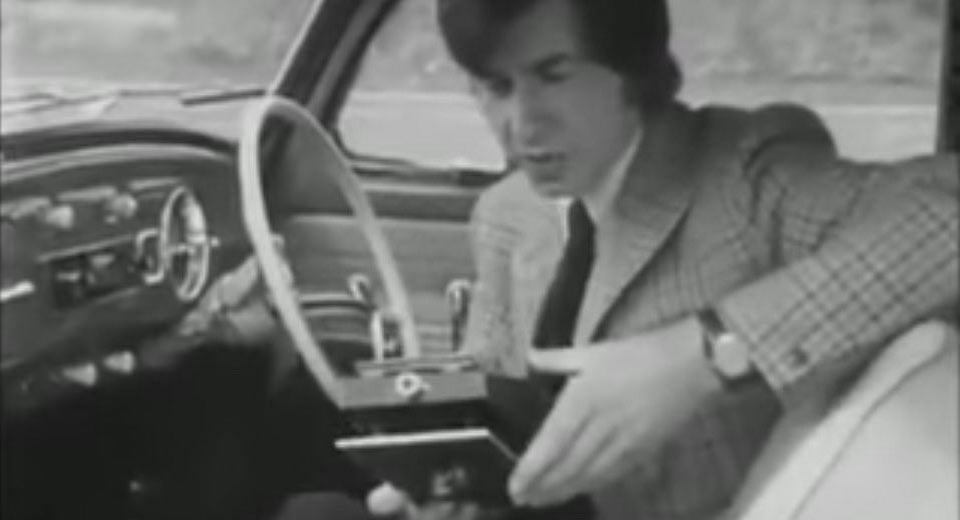Go back a couple of decades or so and you’ll find that, in order to find how to get somewhere you’ve never been before, you’d have to use a map. However, in the early 1970s, some folks actually came out with a sort of precursor to GPS navigation.
It’s called the cassette navigation, and it’s actually a lot more complex than you’d imagine. In layman’s terms, it’s a recording that tells you when and how to turn.
However, there obviously had to be more to it than that. Aside from instructions, the tape also plays these beeps of varying lengths, which are then detected by a control unit mounted underneath the dashboard and connected to the car’s odometer. The length of the beep is then translated into how many miles the car must travel before the driver hears the next instruction.
The technology is said to have worked with any type of car and that all it needed in order to function properly was the vehicle’s specific tire size, which was housed on a small circuit board – if you squint, you can almost make out the fact that this particular circuit board said ‘VW Saloon’.
In the end, though, while this was an impressive piece of engineering for its time, it wasn’t without its flaws. If, for example, the road you were directed to take was closed or there was any type of construction work that required a slight detour, that would automatically make your cassette navigation system pointless. At that point, you might as well shut it off because there would be no way for the control unit to reassess your location.
It’s probably why this technology never actually took off, but as a prototype, which we assume this was, it was pretty clever for its time.



